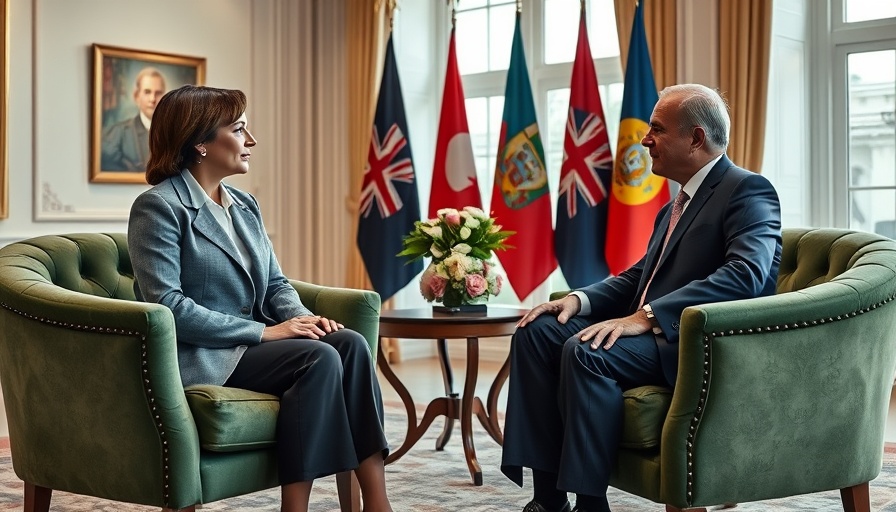
U.S.-EU Trade Deal: A Game Changer for Economies?
In a notable development, President Trump announced that the United States and the European Union have reached a pivotal trade agreement at his golf course in Scotland. This announcement was made just days before a looming deadline to enact tariffs on EU imports, adding urgency to the high-stakes negotiations. The deal marks a significant moment in U.S.-EU relations and could reshape the trade landscape between the two economic powerhouses.
What the Deal Entails
According to Trump, the trade deal features a broad 15% tariff across both parties and aims to address the longstanding trade surplus that the EU holds over the U.S., which reached a staggering $235 billion last year. European Commission President Ursula von der Leyen described the agreement as a “huge deal” that will bring stability and predictability to the markets, a sentiment echoed by Trump who expressed confidence that this deal represents one of the largest trade agreements in history.
The Financial Impact: Billions at Stake
One of the most significant components of the trade agreement is the pledged investment of $600 billion from the European Union into the United States, alongside commitments to purchase $750 billion worth of U.S. energy. This influx of capital is expected to create jobs and bolster infrastructure on both sides of the Atlantic.
Context: Rising Tensions and Negotiation Challenges
The negotiations leading to this agreement have not been straightforward. Trump's administration has long criticized the EU, alleging that previous trade arrangements have been skewed against American interests. Without a deal, he had threatened to impose a 30% tariff on EU imports, a move that could have significantly impacted both economies. Therefore, achieving a consensus represents a crucial step towards economic balance and equitable trade relations.
Looking Ahead: Future Implications
The ramifications of this trade deal will undoubtedly unfold in the coming months and years. As both economies strive to regain footing in a post-pandemic world, the effectiveness of this agreement in ensuring fair trade practices will be closely monitored. Economists will pay particular attention to how these tariffs influence market dynamics, especially in sectors heavily reliant on trade.
Reflections on Fairness in Trade
Trump emphasized the primary objective of achieving fairness in trade, a principle that resonates deeply amid growing global economic challenges. As countries navigate their recovery strategies, ensuring equitable trade practices could be key to stabilizing economic relations moving forward.
In light of this new agreement, both U.S. and EU citizens can anticipate shifts in job markets, product availability, and pricing. Understanding the nuances of international trade agreements and their direct local impacts will be essential in the coming months.
 Add Row
Add Row  Add
Add 




Write A Comment